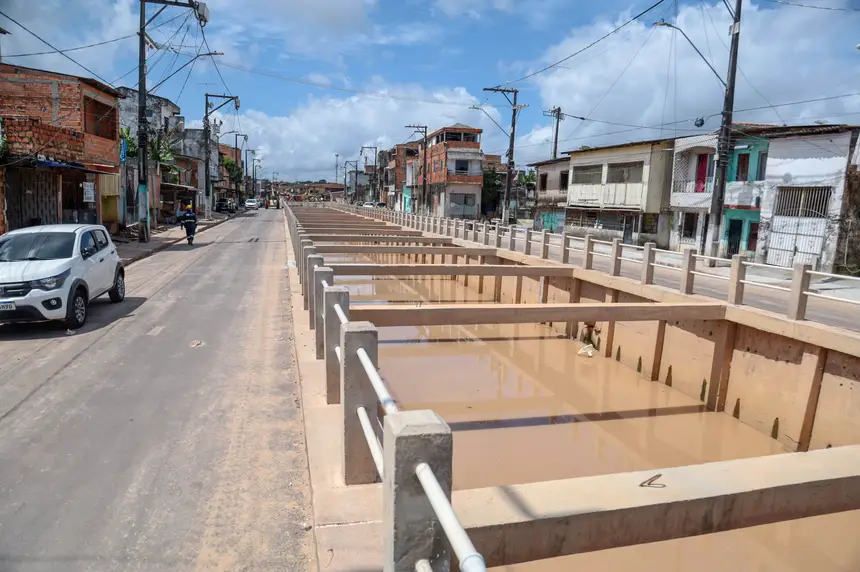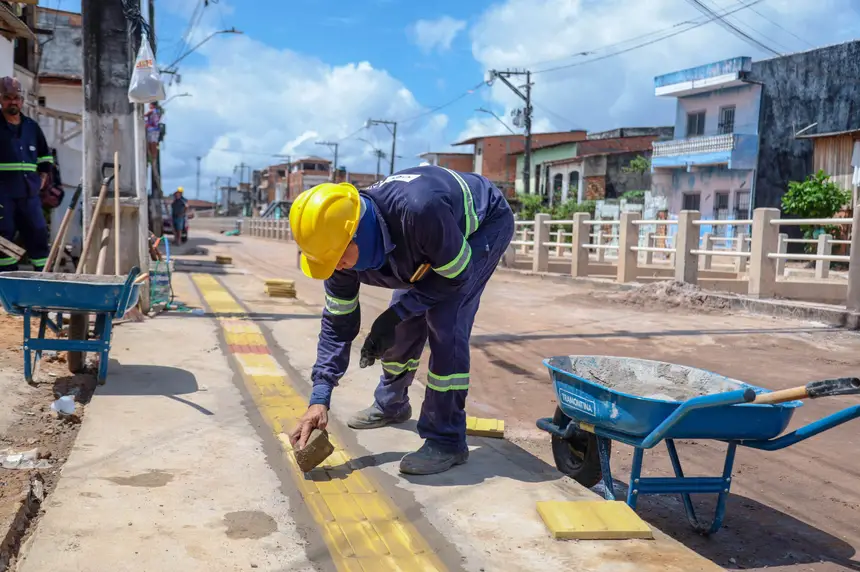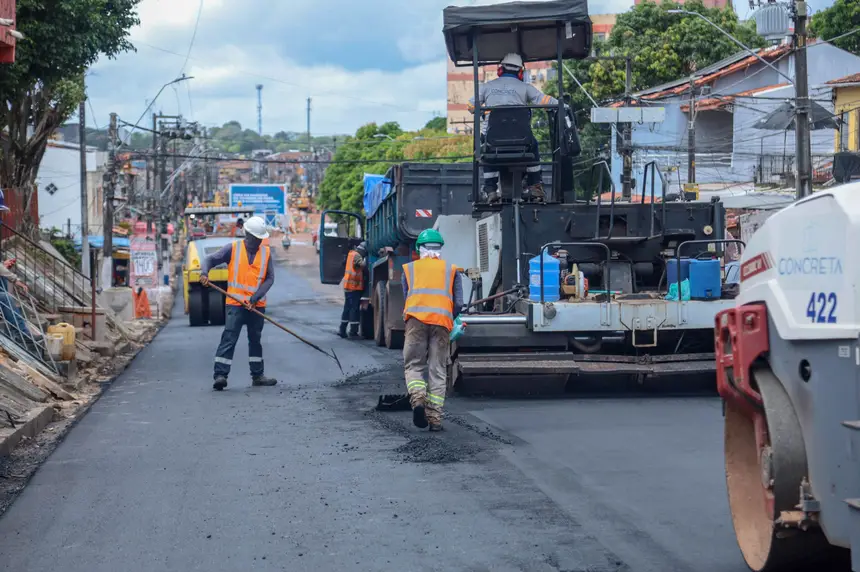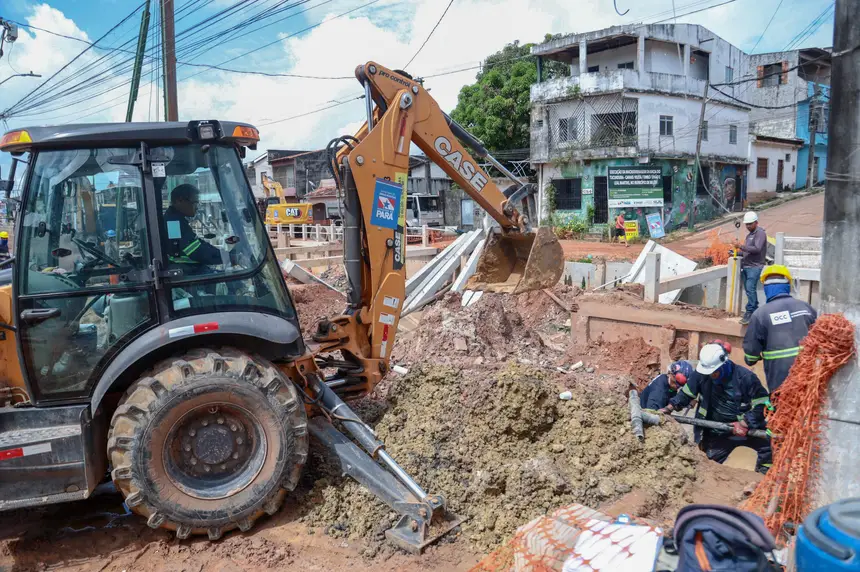Vileta Canal Construction Exceeds 90% Completion in Belém
Legacy of COP30, project integrates the largest macro-drainage program in the history of the capital of Pará
The Government of Pará is advancing in the construction of the Vileta Canal, in the Marco neighborhood of Belém, which is part of the macro-drainage services of the Tucunduba Basin. With over 90% of the services completed, the project represents a milestone in improving the quality of life for residents and consolidates itself as another legacy of the 30th United Nations Conference on Climate Change (COP30), which will be held in November in the state capital.
“The Vileta Canal construction is in its final stretch, progressing within the Seop schedule. And this is yet another macro-drainage project in Belém that will provide conditions for people to live with dignity, as it represents the end of historical flooding, the arrival of asphalt, and the possibility for public services to reach the population through police vehicles, garbage trucks, and ambulances,” highlights Ruy Cabral, head of the State Secretariat for Public Works (Seop).
The interventions include the rectification of over 400 meters of the canal, as well as the implementation of new water supply networks, sewage systems, and storm drainage. A bridge, four walkways, asphalt paving, and the filling of backyards have also been constructed. The investment is from the Government of Pará, in partnership with the National Bank for Economic and Social Development (BNDES) and the Federal Government.
A resident of the area for four decades, housewife Genoveva Barbosa has already noticed the positive impacts of the work. “When it rained, the houses would flood. The situation was difficult; we had to wear boots to avoid stepping in water. Now it’s wonderful; it can rain, and it doesn’t flood inside or outside the house. When we need it, we call the app car, and it comes right to the door. I can only express gratitude for having been taken out of that mud,” she celebrates.
Historic Investment – The State Government, through the largest macro-drainage program in the history of Belém, is advancing in a series of urban requalification works on the capital's canals, aiming to prevent flooding and improve the quality of life for over 500,000 people. The interventions include the Tucunduba, Murutucu, Tamandaré, and Una Basins.
Since 2019, the state has invested in the requalification of 17 canals in the capital of Pará, of which 13 are considered legacies of COP30. Among the completed works are the Timbó, Cipriano Santos canals, and the first stage of the Gentil Bittencourt Canal.














